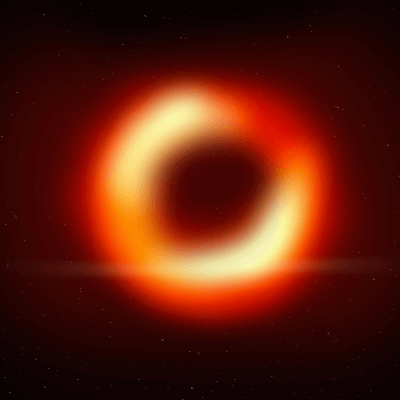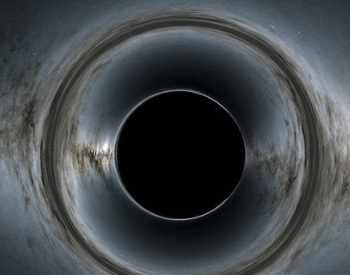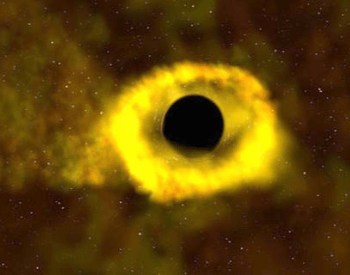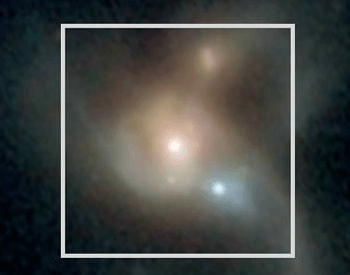
This web page contains black hole facts for kids and is an excellent resource for anyone of any age researching black holes. We’re going to provide you with the latest and most accurate facts about black holes from scientific sources. Alongside black hole facts, you’ll get to see some awesome pictures of them and additional resources about them.
The black hole facts below will help you understand what a black hole is, why is the different types of black holes, how they affect spacetime, and other helpful black hole facts. We hope the below facts about blackholes are helpful and make researching them fun, while opening your mind to outer space.
If any of the below black hole facts are inaccurate or out of date, please contact us to let us know.
12 Black Hole Facts for Kids
- A black hole is an area of space that has a huge amount of mass concentrated in a very small area.
- There are three types of black holes, and they are primordial, stellar and supermassive black holes.
- A primordial black hole is a black hole that formed shortly after the Big Bang.
- A stellar black hole is created by the collapse of a progenitor, which is the object left over after a massive star collapses at the end of its life cycle.
- A supermassive black hole (SMBH) is a very massive black hole found at the center of galaxies.
- Our Milky Way galaxy has a supermassive black hole in its center. It’s located in Sagittarius A (Sgr A*) and it’s about 26,000 light-years from our Solar System.
- A black hole’s event horizon is a boundary where any matter that passes into it, including light, cannot escape.
- A singularity is the center of a black hole. The singularity is where the spacetime curvature becomes infinite.
- A black hole can weigh millions to millions of billions of times more than our Sun.
- You cannot see a black hole. Many telescopic pictures of black holes will show colors surrounding it. These colors are stellar and astronomical object material captured and being consumed by the black hole.
- The first image of a black hole was published on April 10th, 2019. The image was of the supermassive black hole at the center of the Virgo A (NGC 4486) galaxy. This black hole is designated M87*.
- The powerful gravity of a black hole can cause gravitational time dilation. If you were on a space ship and launched a probe into a black hole, it would appear to slow down as it got closer to the event horizon. In theory, as an observer on the ship, it would take infinite time for the probe to reach the black hole.
Black Hole Pictures



Additional Resources to Research Black Holes
- Black Hole Articles from NASA – Find tons of articles about black holes on the NASA website.
- Exploring Black Holes – Learn more about black holes on the National Science Foundation website.
- Black Hole – Britannica – Explore black holes and unlock their mysteries of the Britannica website.
- Black Hole – Wikipedia – Discover more black hole facts and information on the Wikipedia webiste.
